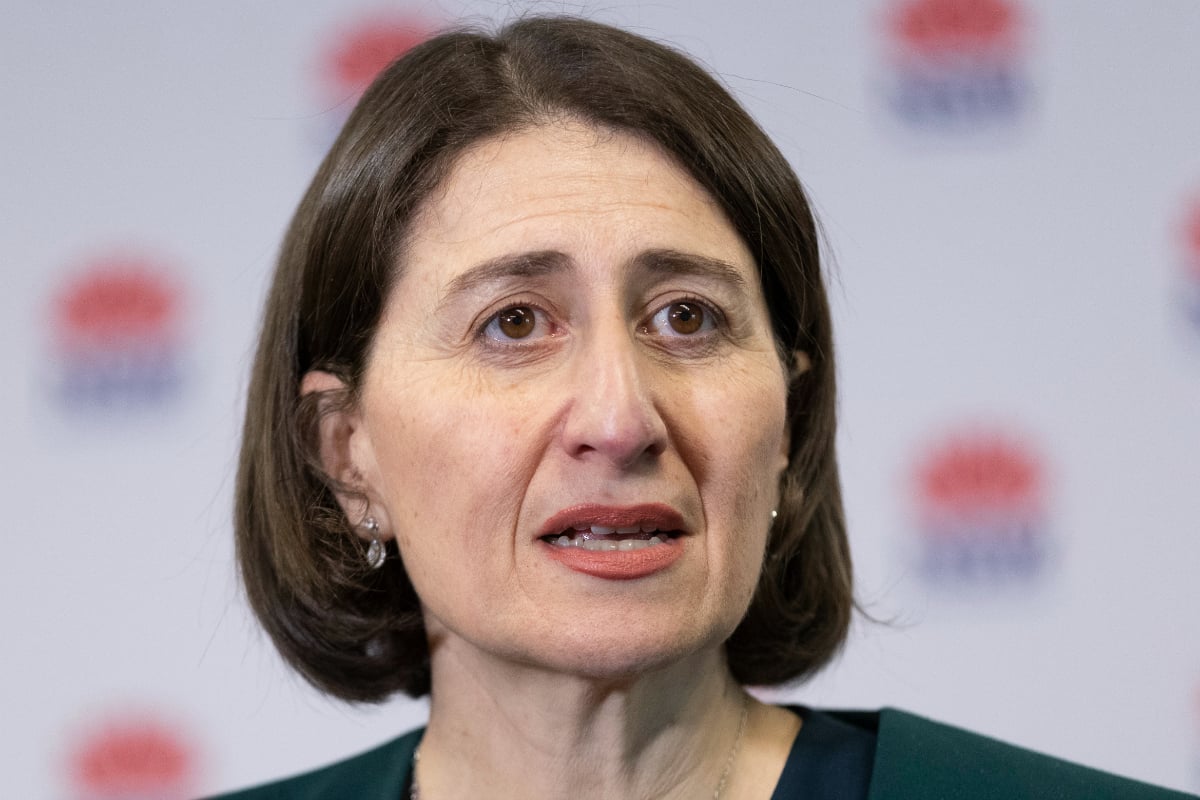
NSW recorded 15 new cases of COVID-19 in the 24 hours to 8pm Friday night.
Five of those, including two from the same household, are under investigation to determine the source of infection. Another five have been linked to the cluster stemming from the Crossroads Hotel in the south-western Sydney suburb of Casula, after a group of infected colleagues attended a dinner party there on July 5.
While the state's caseload is relatively low, authorities are stressing just how tenuous the situation truly is.
Premier Gladys Berejiklian explains the state's approach to rising cases. (Post continues below.)
"If you've got a sore throat today, don't wait for two days to get it diagnosed. Work with us. Go get tested day one because every day you can give us allows us to stop that spread," NSW Chief Health Officer Dr Kerry Chant told the media on Thursday.
"I am far from relaxed," she continued. "This is a critical period for us and I need the co-operation of the public."
So as they fight to curb a significant rise, is another lockdown likely?
It doesn't seem to be.
